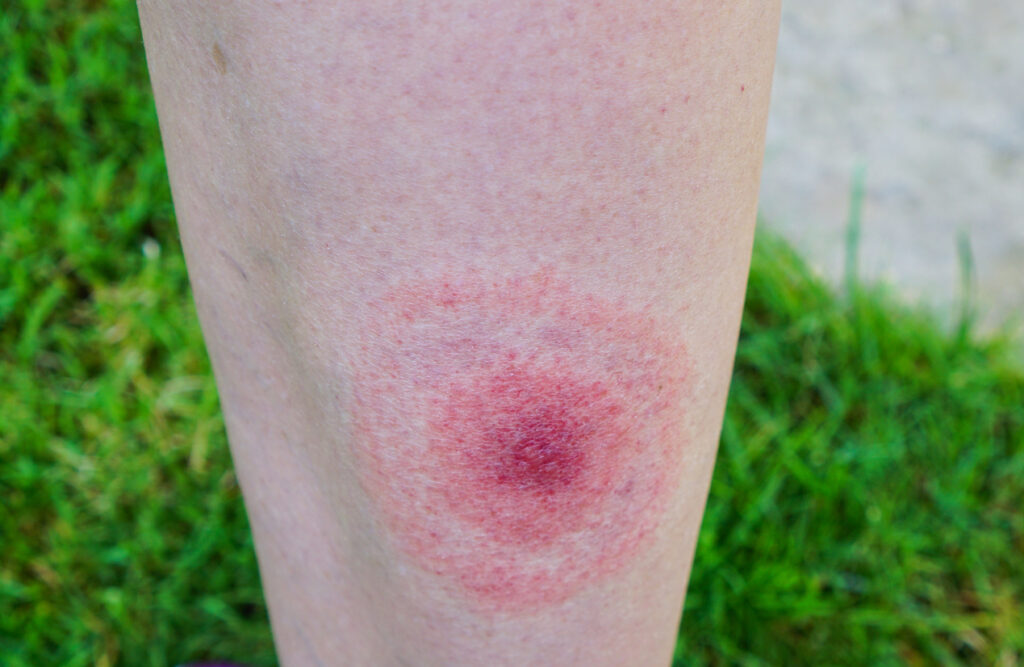Many patients with Lyme disease who experience early and ongoing symptoms are not seeking medical care, a new study suggests.
About 20% of Lyme disease patients reported symptoms like joint pain, fatigue, and muscle pain three months post-diagnosis, yet only 35% sought follow-up care, according to a 10-year study conducted at sites on the East Coast and the Upper Midwest, which included data samples from the Bay Area Lyme Foundation’s Lyme Disease Biobank.
Only one-fifth of study participants (23%) enrolled with signs and symptoms of early Lyme were positive by the CDC’s standard two-tiered test for Lyme disease.
Previous research has shown that this test misses up to 70% of cases of early-stage Lyme disease.
“Accurate, timely detection of Lyme disease is critical to preventing long-term complications. Moreover, follow-up from medical professionals with all patients after they complete antibiotic treatment could improve outcomes and reduce the burden of Lyme disease,” says lead author Liz Horn, PhD, MBI, Principal Investigator of Lyme Disease Biobank, in a news release.
The Lyme Disease Biobank, a Bay Area Lyme Foundation program, collects, stores, and provides human biological samples for use in research. “Our data also confirm the limitations of serology testing in early Lyme disease and after antibiotic treatment.”
For the study, researchers focused on patients with signs and symptoms of early Lyme disease from collection sites on Long Island, NY, and in Central Wisconsin, two areas endemic for Lyme disease. From 2014 to 2023, 253 participants provided samples from an initial and a second convalescent blood draw, which were evaluated by the CDC’s standard two-tiered Lyme diagnostic test and answered questions about their symptoms at both time points.
Only 34% (43 of 128) of patients who presented with a Lyme rash larger than five centimeters, considered diagnostic for Lyme disease, tested positive using the CDC’s standard two-tiered test at enrollment.
The study also confirmed the lack of immunoglobulin G (IgG) seroconversion, indicating the absence of an IgG antibody response following antibiotic treatment. Only 4% of patient samples (10 of 233) who had a negative IgG immunoblot at the first draw had a positive IgG immunoblot at the second blood draw three months later. At this time, 21% (47 of 226) of patients who initially received antibiotics reported ongoing symptoms.
While the study does not address why only one-third of these participants followed up with their healthcare providers about their ongoing symptoms, barriers to care have been well-documented in other studies. Specifically, data from MyLymeData documented barriers specific to patients with persistent Lyme disease, including a lack of insurance coverage, high healthcare costs, long travel times and distances to obtain care, and limited availability of care.
The study is published in Frontiers in Medicine.


